When enjoying time on your deck, it can be frustrating when patio furniture slides around, especially on smooth surfaces like wood or composite decking.
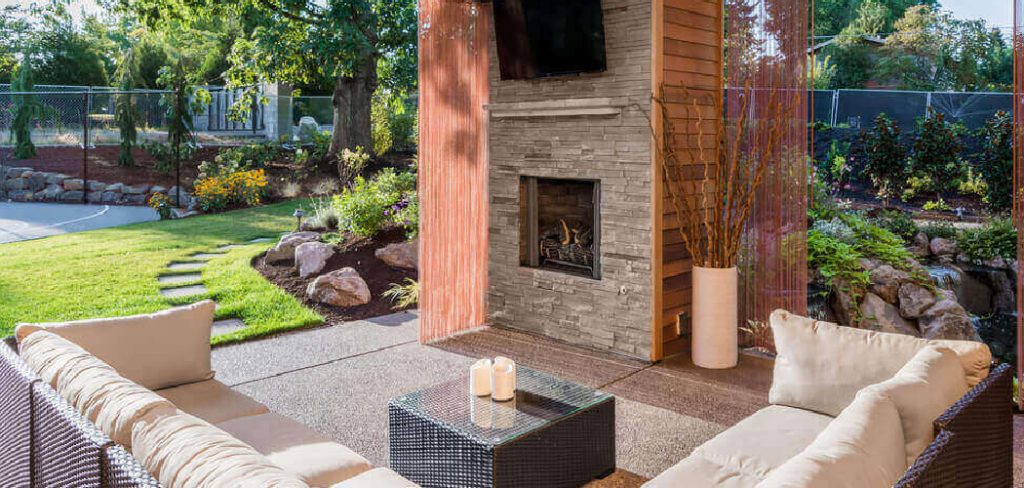
Not only is it inconvenient, but it can also pose safety risks and cause damage to your furniture or deck. This guide explores the key aspects of how to keep patio furniture from sliding on deck. Thankfully, there are simple and effective solutions to keep your patio furniture securely in place, allowing you to relax and enjoy your outdoor space without interruption.
The Common Problem of Patio Furniture Sliding on Deck Surfaces
Patio furniture sliding on deck surfaces is a frequent issue faced by many homeowners, especially during windy conditions or with frequent use. Smooth decks made of materials like composite or polished wood are particularly prone to this problem due to their low friction surfaces.
Movements can happen unexpectedly, leading to frustration or even accidents, such as a chair tipping over when someone sits down. Not only does this challenge the comfort and usability of your outdoor space, but it can also result in minor scratches or scuffs on your deck over time, diminishing its appearance and integrity. Understanding why this occurs is the first step to implementing effective solutions for securing your furniture.
Understanding Why Patio Furniture Slides
To address the issue of sliding patio furniture, it’s important to first understand the root causes. One of the primary reasons is the smoothness of deck surfaces like polished wood, composite, or tile, which reduces friction between the deck and the furniture. Additionally, lightweight furniture, while easy to move, is more susceptible to being shifted by wind or accidental bumps.
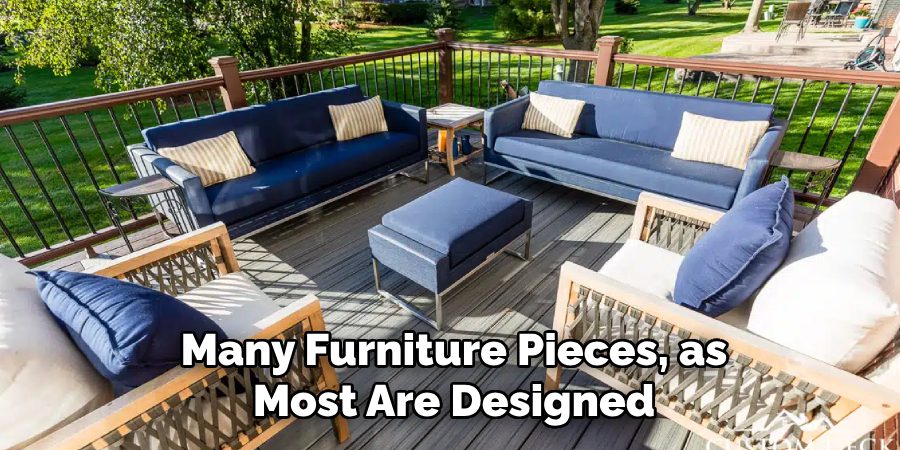
Another contributing factor is the lack of grip on the feet or bases of many furniture pieces, as most are designed with materials like plastic or metal that easily glide over smooth surfaces. External influences, such as wind or frequent movement by people, also exacerbate this problem. Recognizing these factors helps in selecting appropriate strategies to keep your furniture firmly in place.
10 Methods How to Keep Patio Furniture from Sliding on Deck
1. Use Non-Slip Furniture Pads
One of the simplest and most effective solutions to prevent patio furniture from sliding is to use non-slip furniture pads. These pads, often made from rubber or silicone, can be placed on the bottom of chair legs, table bases, and other furniture feet. Non-slip furniture pads are designed to grip both your deck and your furniture, preventing them from sliding around.
They are available in various sizes to fit different types of furniture, and they don’t require any permanent alterations to your furniture. Plus, these pads are easy to replace when they wear out, making them a convenient option for keeping your furniture secure.
2. Install Furniture Anchors
For larger pieces of patio furniture, such as couches, loveseats, or even dining tables, furniture anchors can be a practical and secure solution. Furniture anchors typically consist of straps or hooks that attach to both the furniture and the deck.
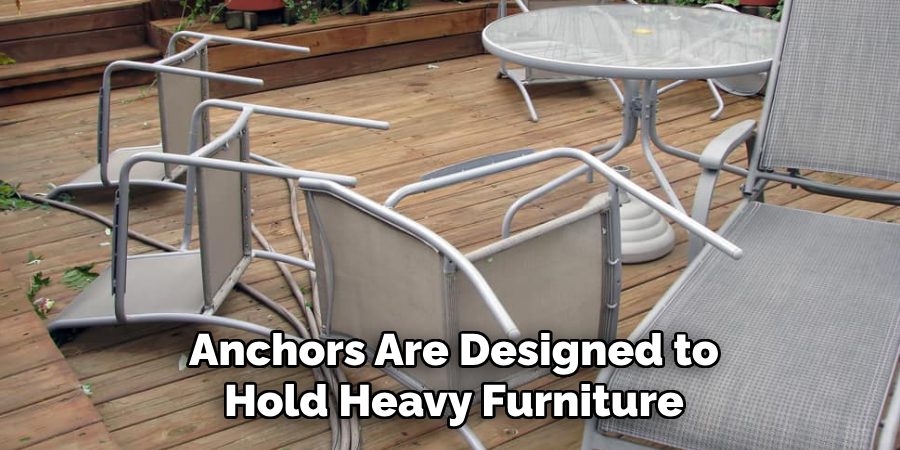
These anchors are designed to hold heavy furniture in place, even on windy days or during heavy foot traffic. For the most secure results, use anchors that are made of durable materials such as stainless steel or heavy-duty nylon. This method is especially useful for outdoor furniture that may be exposed to strong winds or if you are concerned about furniture moving too much during social gatherings.
3. Use Outdoor Rugs or Mats
Outdoor rugs or mats are not only great for adding a decorative touch to your patio, but they can also help keep your furniture from sliding on the deck. A good-quality rug or mat with a non-slip backing can act as a barrier between your furniture and the deck, reducing the movement caused by friction.
These rugs also provide an extra layer of protection for your deck’s surface, preventing scratches and scuffs from furniture legs. When choosing an outdoor rug, make sure it has a thick, textured backing, as this will create more grip and prevent the rug from sliding underneath the furniture.
4. Add Rubber Feet or Caps to Furniture Legs
Another simple solution is to add rubber feet or caps to the legs of your patio furniture. These caps fit over the bottom of the furniture legs and help to provide additional traction on the deck.
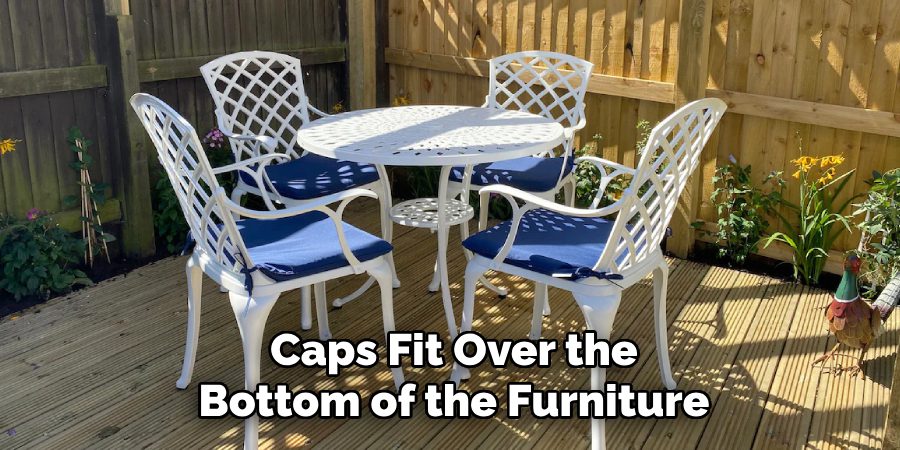
Rubber feet are an excellent choice because they not only prevent sliding but also protect the surface of your deck from scratches or dents that can occur from metal or wooden furniture legs. This is especially useful for furniture that may be frequently moved around, as the rubber helps absorb the force of movement while maintaining stability.
5. Use Velcro Strips
Velcro strips can be an innovative way to keep patio furniture from sliding. By attaching one side of the Velcro strip to the bottom of the furniture and the other side to the deck, you can secure your furniture in place without the need for permanent fixtures. Velcro strips are easy to install and remove, and they don’t damage the deck or the furniture. They are also useful for smaller items such as side tables, stools, or chairs that tend to slide more easily than heavier pieces. Velcro strips provide a flexible solution, as you can remove or reposition the furniture when needed.
6. Consider Furniture with Built-in Anti-Slip Features
When purchasing new patio furniture, consider choosing pieces that come with built-in anti-slip features. Many manufacturers now design outdoor furniture with non-slip feet, bases, or even specially treated materials that help prevent movement on decks. Furniture with integrated anti-slip technology is a great investment, as it eliminates the need for additional products or modifications. Look for furniture made with rubber-coated or weighted feet, or furniture with heavier bases, which can naturally reduce sliding. This method may require an initial investment, but it can save you time and money in the long run.
7. Use Sandbags or Weights
For heavier furniture that still tends to slide, adding sandbags or weighted blocks can be an effective solution. Placing sandbags or other forms of weight on the lower parts of your furniture, such as the legs or the base of chairs and tables, can help keep them from moving. You can purchase decorative weighted bags designed for outdoor furniture, or simply use large, heavy objects such as bricks, stones, or specially designed weights. The added weight will counteract any forces that might cause the furniture to shift, particularly on smooth or slick deck surfaces.
8. Install Deck Adhesive Strips
For a more permanent solution, you can install deck adhesive strips to the underside of your patio furniture. These strips are designed to adhere to both your furniture and your deck, providing a strong grip that prevents sliding. The adhesive is often weather-resistant and durable, making it suitable for outdoor conditions. While installation is a bit more involved than using furniture pads or rugs, deck adhesive strips are highly effective at keeping furniture in place and can be removed if necessary without leaving residue.
9. Create a Custom Outdoor Platform
For those who want a more customized approach to keeping patio furniture from sliding, consider creating a custom outdoor platform or base. This method involves building a raised platform or a series of wooden slats on which your furniture can sit.
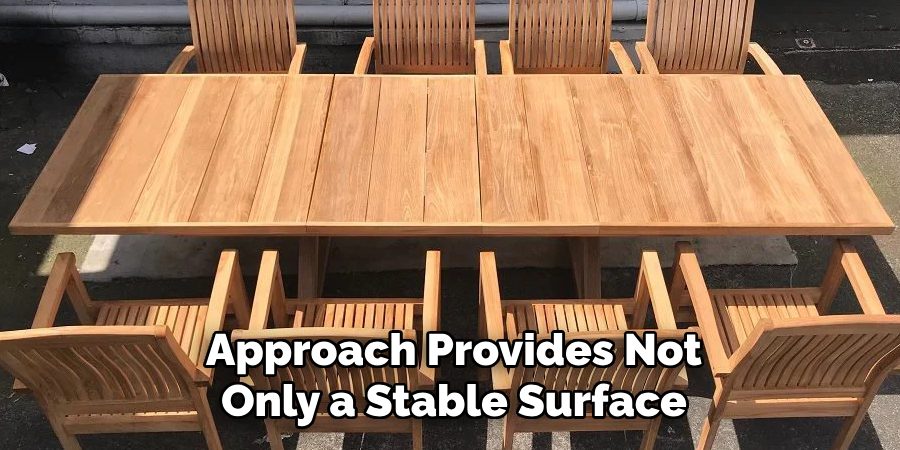
The platform can be designed to be slightly larger than the furniture, ensuring that it holds everything securely in place. This approach provides not only a stable surface for your furniture but also an aesthetically pleasing foundation that adds dimension to your deck. The platform also offers the benefit of protecting the deck’s surface from wear and tear.
10. Use Tension Cables or Ropes
If your patio furniture is especially large or if you experience frequent high winds, using tension cables or ropes can offer extra security. By tying the furniture to a sturdy structure on your deck, such as a railing or a post, you can ensure that it stays firmly in place, even in extreme conditions. Tension cables or ropes are an ideal solution for furniture that is exposed to significant wind or in areas where foot traffic might cause the furniture to shift. Make sure to use weather-resistant materials such as nylon or stainless steel to avoid rusting or damage over time.
Conclusion
Keeping patio furniture from sliding on a deck not only improves the functionality of your outdoor space but also helps to protect both your furniture and your deck’s surface. By utilizing simple methods such as non-slip pads, rubber feet, or Velcro strips, you can create a more stable environment for your patio furniture. For more permanent solutions, consider adding weighted objects, furniture anchors, or even a custom platform. Thanks for reading our blog post on how to keep patio furniture from sliding on deck! We hope you found it helpful and informative.

Professional Focus
Oliver Wood, a passionate patio designer, specializes in creating comfortable and inviting outdoor spaces that enhance relaxation and entertainment. His work combines a deep understanding of design with a love for nature, making him a standout professional in the field of outdoor living spaces. Through his thoughtful approach, he transforms everyday patios into extraordinary retreats for family and friends.
About the Author
Oliver Wood, a skilled patio designer, shares his expertise on outdoor living through his designs and insights. With a background in patio design and a genuine passion for creating beautiful spaces, he encourages others to invest in their outdoor environments, enhancing their homes with functional and inviting spaces for relaxation and entertainment.
Education History
University: Virginia Union University
Oliver’s education equipped him with the knowledge and skills to design patios that merge aesthetics with comfort, transforming outdoor areas into beautiful extensions of the home.
Expertise:
- Patio Design and Outdoor Living Spaces
- Functional and Aesthetic Landscaping
- Comfortable and Inviting Outdoor Environments
- Design Philosophy for Family-Oriented Spaces
- Creating Spaces for Relaxation and Entertainment
